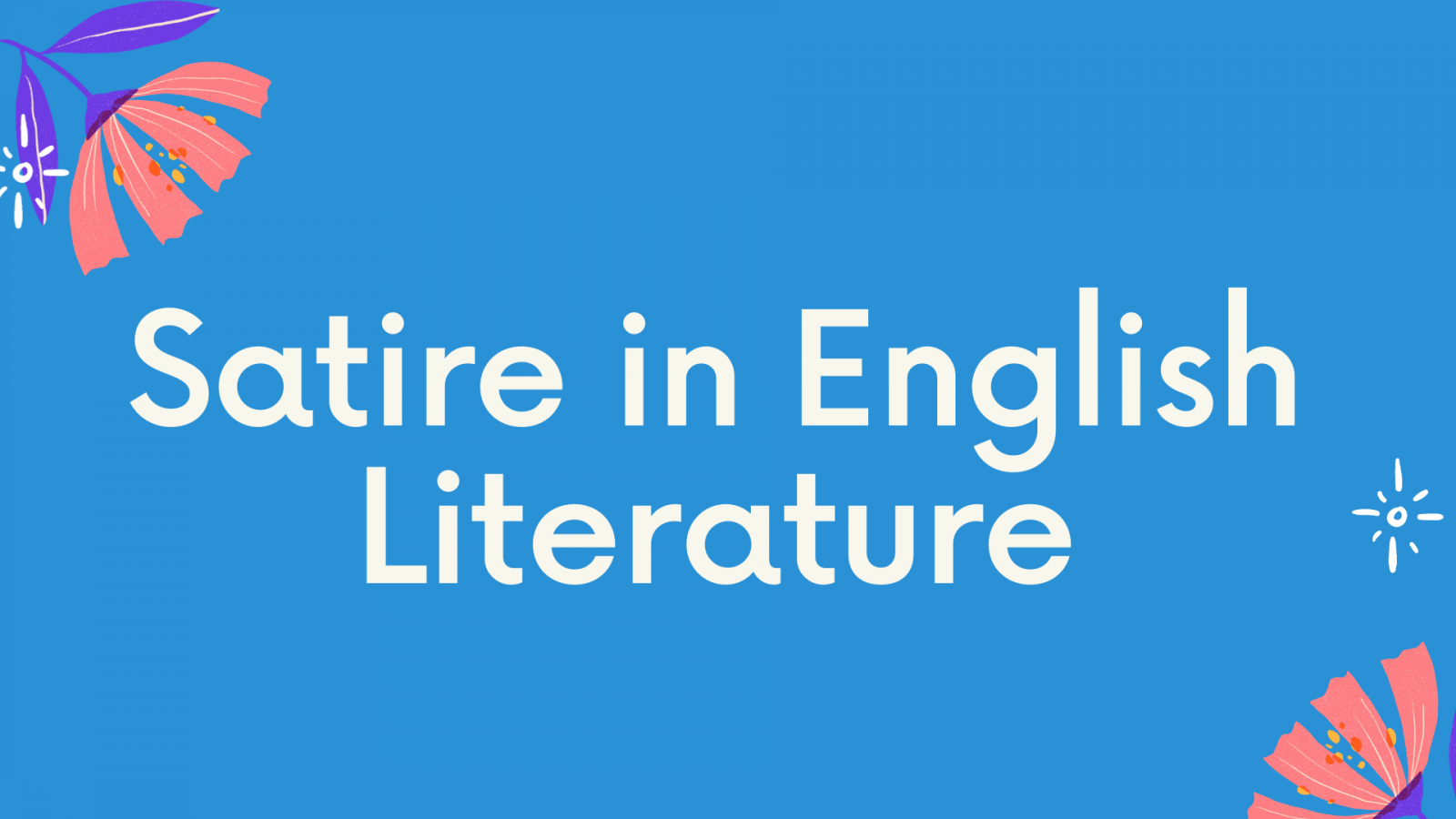The popularity of satire among the English writers of the 18th century was due in part to their desire to shame aristocratic society. Satire is often dry and misunderstood, but it focuses on current issues and promotes rationality and reason over tradition and religion. Satirical works can be found in many of the most famous books from this period, such as Jonathan Swift’s Tristam Shandy.
Moore’s satire
Christopher Moore’s satire was popular among eighteenth-century English writers. His work is known for depicting the Regency era through dark humor and allusions. Moore’s satire has a particular appeal for readers who seek to understand the nature of human behavior. His work is renowned for depicting the Regency era as it was lived during the time of Moore.
The genre of satire was widely popular during the eighteenth century English writers, and it aimed to expose the foolishness of upper-class and religious practices. Satire is a form of literary criticism that uses irony and wit to address social issues. The main aim of 18th century English literature is to promote reason over religion and tradition. Satires such as Moore’s often highlight the inconvenient truths of social and religious beliefs and practices.
Moore’s satire was also widely adapted by other writers. His novel The Devil upon Two Sticks is one of his most popular works, and it may have influenced other writers. It is notable for introducing a supernatural being called “Asmodeo,” a mystical being that serves as a device within the narrative, explaining how fantastical it is to access another person’s mind. This technique was widely adopted by eighteenth-century writers and was adapted by a number of other authors.
Jonathan Swift’s satire
Among other authors of the 18th century, Swift is considered one of the most influential of all British satirists. His writings are a mixture of satire and ode, and he aimed to make readers laugh, while at the same time provoking thought. In his satire, Swift ridicules various aspects of modern society, including national turmoil, the lack of mercy toward tenants, and poorly trained retailers.
Jonathan Swift wrote many politically-charged works during his lifetime, and his ambitions were to return Ireland to its former social, economic, and political glory. This political motivation is evident in his famous work A Modest Proposal, published in 1729. The book was intended to bring about a cultural shift, in which the British Empire was ridiculed for its treatment of the Irish. It was published anonymously, because Swift wanted to avoid personal repercussions for his writing.
English writers often used satire as a way to criticize the aristocracy. They used irony, sarcasm, and ridicule to expose the flaws of society, and slander the leaders and the kings. Satire, as the name suggests, is a form of social criticism that uses irony, wit, and ridicule to highlight a particular issue.
Tristam Shandy
Tristram Shandy is a satire written by Laurence Sterne. Initially a middle-aged parish priest from Yorkshire, Sterne became famous with Tristram Shandy. The story of this Yorkshire rogue quickly became part of popular culture. Imitation novels and race horses were named after him. Sterne enjoyed his fame and sadly, he died eight or nine years after publishing the first volumes.
In this satire, Sterne pays homage to the early modern writers who deigned to write stories but produced extended-prose fugues. These writers seemed to awkwardly straddle the line between satire and philosophy. They seem to be obsessed with cataloguing all of human knowledge while mocking those who cannot answer their questions. Tristam Shandy’s satire also borrows from these writers.
In Tristram Shandy, Sterne explores the relationship between mind and body. He compares the relationship between mind and body to that of a venn diagram, which is made up of the two halves. As a result, Tristram’s body is the vessel through which he conveys his sentiments to others. The story is filled with witty and clever moments of human emotion.

